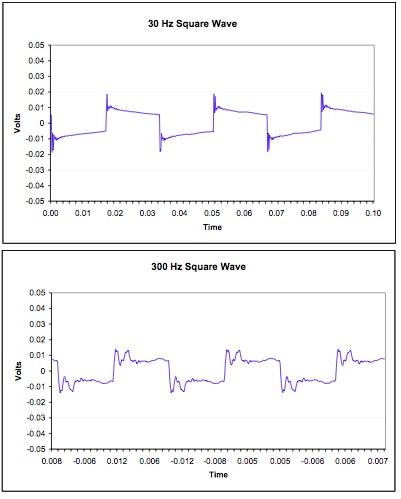They use NS-10's for a very specific reason--it is a great representation of the sound of typical consumer products or the PA system public places use to pipe in background music. It also puts a microscope on the critical mid-range. But all studios I know do not use the NS-10's as the only monitors--they also have large full-range systems or more accurate/neutral pairs. The NS-10's are really more like specialty tools, and they are not really used as the main monitors. There are also plenty of engineers who never agreed with the way the NS-10's are used and don't bother with them, relying on full-range systems instead. These days, the relevance of the NS-10's are diminishing, especially that reference monitor technology has marched on quite far since the NS-10's were first made. Today, most studios use monitors like the Focal Twins, Klein + Hummel O300D's, Barefoot MicroMain 27's, B&W's, PMC, ATC, Adam, Genelec, Dynaudio, ...etc. Some might use specialty monitors like the Avantone MixCube in addition for the same reason others use the NS-10's--to check that critical mid-range.
But yes, it's true that they are just recently starting to become hip to the fast evolving headphones market. Many really don't know anything about headphones beyond the standard AKG studio staples or the Sennheiser HD580/600/650. But I'm seeing a shift in the recent years as they are starting to pay more attention. Most still hold that belief that headphones aren't suitable for serious audio work during mixing and mastering, and their main arguments has always been that whole "sound in your head" thing. But now with all the crossfeed options available, and wonderful plugins like the Isone Pro or Redline Monitor, I think more and more people will jump on the headphone wagon.
I recently had a bit of a revelation that made me appreciate headphones even more. I have a home studio I constructed from the ground up, did tons of research, read books, consulted experts...etc, and it's acoustically very well treated (you can check out photos at my website). I thought my 300D's had sounded great in my studio, and I assumed they were fairly neutral--to the point I was using them as the standard in which to judge my headphones. Well, I recently bought the IK Multimedia ARC System, and after testing and calibrating, I realize even in a well-treated room, there were still problems with spikes and dips in certain frequency ranges, and the imaging wasn't perfect either due to furniture and audio gear in the room (it's impossible to place everything in perfect symmetry). Now, with the corrections applied by the ARC, my O300D's sound even more smooth and neutral, and the little things I wasn't totally happy with are now all gone. And when I now compare my headphones to the corrected sound of the O300D's, I realize headphones have the great advantage of never having to interact with the room, no need to stay in the sweet spot, are so portable, and you can own a whole collection of them and they won't take up too much room. With plugins like Isone Pro, I think they sound just as compelling as full-range speakers, and I almost don't mind that the physical sensation of the sub-bass hitting my chest is missing with headphones, because it's about the only drawback compared to the overwhelming advantages headphones have.























